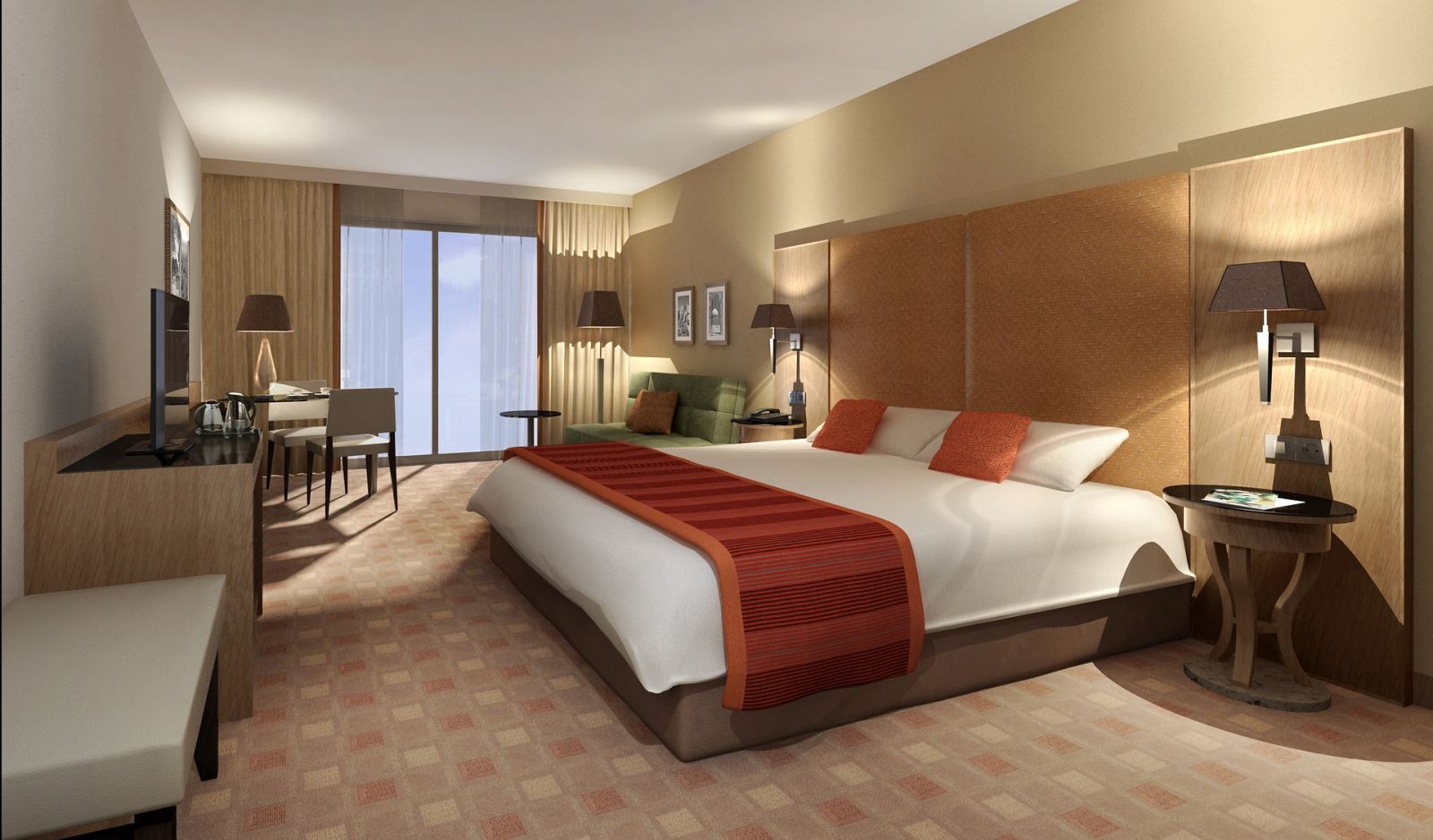If you’re an accommodation provider you might be keen to make your property as accessible as possible, but not entirely sure how to go about it. Well, thankfully, we’re here to help! Not only do we work to connect disabled holiday makers with accommodation that suits them, but we also provide training to those in the tourism industry.

In order to help give you a few ideas on how to provide a better experience to guests with disabilities, here are some tips that might seem small but will make a huge difference to your guests.
Offer level access
Many buildings have steps up to the main entrance and this can be a huge problem for people with mobility issues, wheelchairs or even pushchairs. Consider offering an alternative entry point for guests who find it difficult to use stairs or have a ramp added to the stairs.
Widen doorways
You might have level access and ground floor rooms that are perfect for those with mobility aids, but have you considered the width of the doors? Make sure the doorways are wide enough to allow a wheelchair to move through comfortably, that way your guests can easily move around not only their room but also the rest of the building.
Colour contrasts
If you have guests with visual impairments or sensory conditions think about making sure that the floor and walls are a contrasting colour to help them make their way around the building easier.
The décor
When you’re welcoming guests for a holiday or a stay, you obviously want them to leave having had a comfortable and enjoyable experience, but the décor can be a huge problem for guests with accessibility needs. Thick carpets and rugs can be difficult for those using mobility aids, while lots of ornaments can be overwhelming for others and having lots of furniture will be dangerous for guests with visual impairments. Make sure the rooms are comfortable and functional and can be easily used by a wide variety of people.
Think about where you place the light switches…
Another thing that isn’t often thought about is the fact that light switches and power sockets aren’t always accessible to those using wheelchairs and other mobility aids. Consider having them lowered or at an equal level to wheelchairs to make it easier for those using mobility aids.
If you’re interested in some more in depth training and advice, you can get in touch with us here.


 to add an item to your Itinerary basket.
to add an item to your Itinerary basket.


